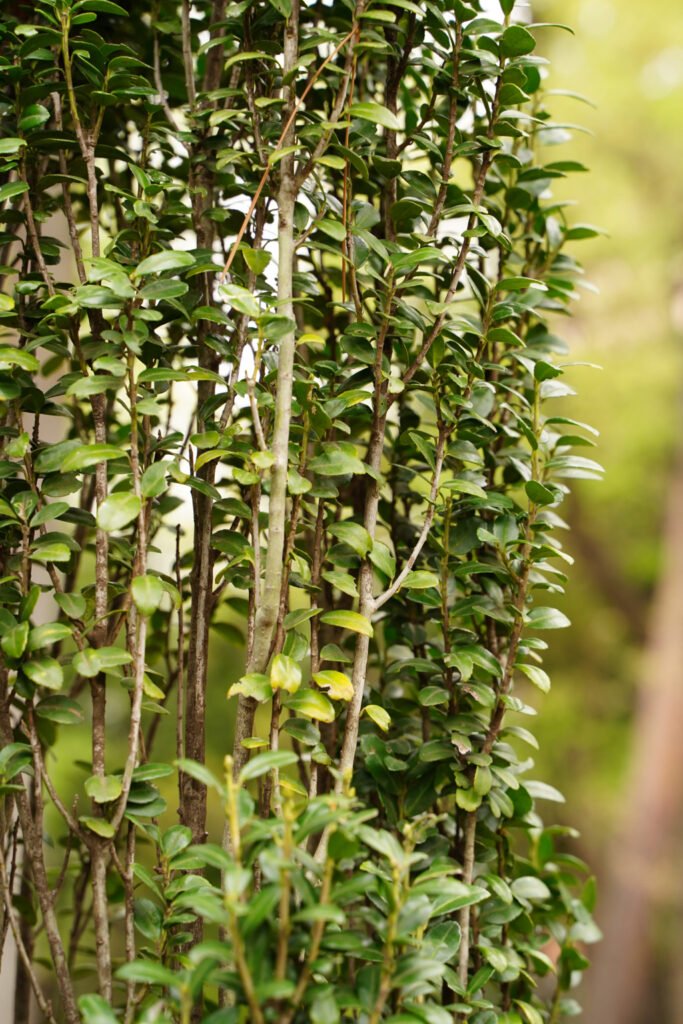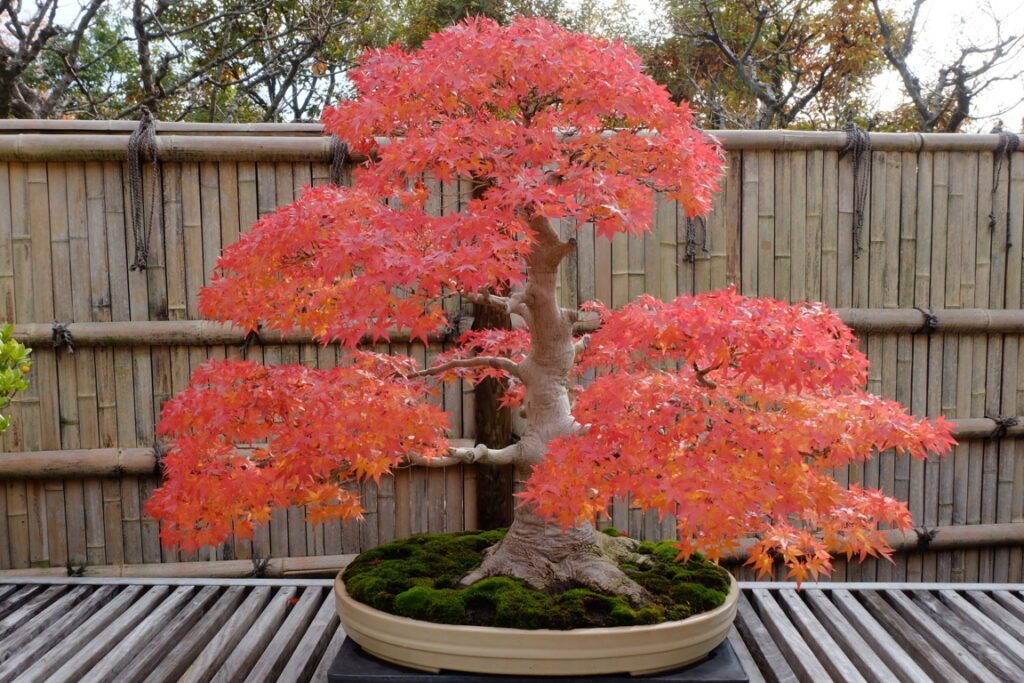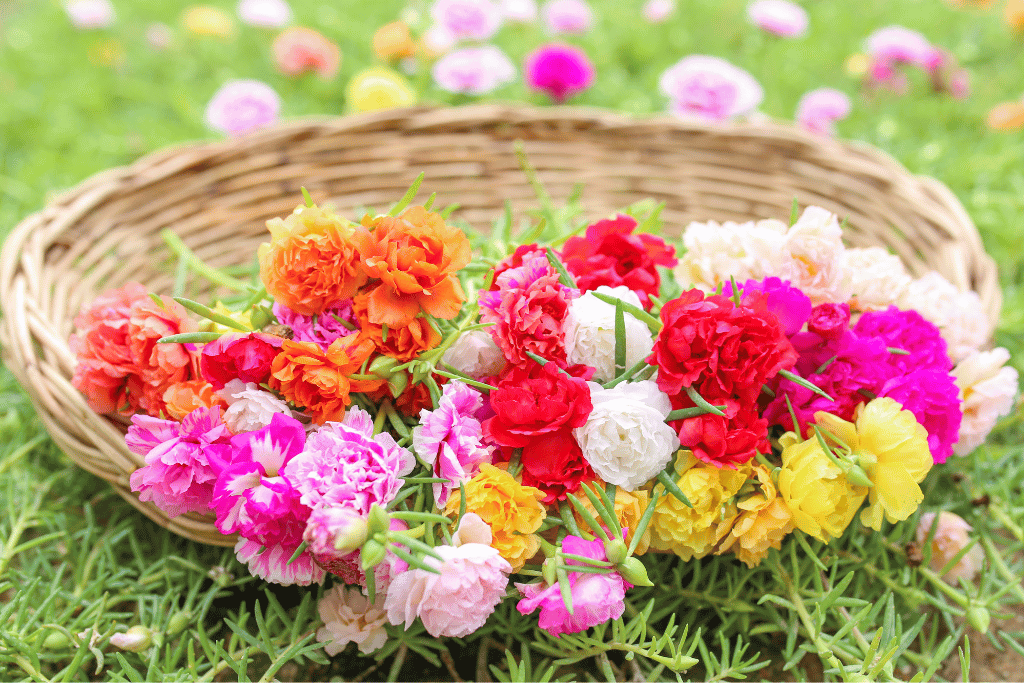
Sky pencil holly (Ilex crenata ‘Sky pencil’) is an evergreen shrub known for its narrow, columnar shape and attractive dark green foliage. While it is generally a resilient and low-maintenance plant, like any other plant, it can be susceptible to certain problems and diseases. Being aware of these issues can help gardeners identify and address them promptly, ensuring the health and vitality of their Sky pencil Holly plants.
Let’s have a look at the Sky pencil holly problems and diseases:
Sky Pencil Japanese Holly Problems: Addressing the Challenges
Invasive pests
One of the most significant challenges faced by Sky pencil holly is the invasion of pests. These insidious creatures, such as spider mites and scale insects, can infest the lush foliage, sapping the plant’s strength and vitality. Their voracious appetites leave behind discolored and withered leaves, transforming the once elegant shrub into a shadow of its former glory. We’ll explore how to identify and combat these invaders to safeguard the health of our Sky pencil holly.
Fungal diseases
The enchanting beauty of Sky pencil holly can be marred by the presence of fungal diseases. Cankers, root rot, and powdery mildew are some of the common culprits that can afflict this elegant plant. These diseases can cause leaves to wither, develop unsightly spots, or turn an unappealing shade of brown. We’ll delve into effective treatments and preventive measures to protect our Sky pencil Holly from these menacing fungi.
Drought stress
Despite its resilience, Sky pencil holly is susceptible to drought stress. Insufficient watering or prolonged dry spells can cause its leaves to become brown and brittle. Ensuring adequate moisture levels through regular watering and applying a layer of mulch around the base can help mitigate this problem.
Nutritional deficiencies
Sky pencil holly requires well-balanced nutrition to thrive. Inadequate soil nutrients or imbalances can manifest as yellowing leaves, stunted growth, or a general decline in health. Regularly fertilizing with a balanced slow-release fertilizer specifically formulated for hollies can provide the necessary nutrients to keep the plant healthy.
Winter damage
The cold winter months can pose challenges for Sky pencil holly, especially in regions with harsh winters. Freezing temperatures and harsh winds can lead to desiccation and damage to the foliage. Applying a protective layer of mulch around the base and using burlap or other coverings during extreme cold can help shield the plant from winter damage.
Inadequate sunlight
While Sky pencil holly thrives in full to partial sun, insufficient sunlight can cause issues. Lack of sunlight may result in sparse growth, leggy stems, and reduced overall vigor. Ensuring that the plant receives at least 4-6 hours of direct sunlight each day can help maintain its health and shape.
How to Treat Sky Pencil Holly Problems

Organic solutions: Harnessing nature’s power
When faced with pest infestations or fungal diseases, we can turn to organic solutions to protect our Sky pencil holly. Insecticidal soaps, neem oil, and other natural remedies can effectively control pests without harming beneficial insects or compromising the plant’s well-being. We’ll explore the power of these organic treatments and their safe application to combat problems.
Pruning and maintenance: Shaping a thriving holly
Proper pruning and maintenance practices are essential to maintain the shape and health of our Sky pencil holly. By removing dead or diseased branches, we not only enhance its aesthetic appeal but also prevent the spread of diseases. We’ll delve into the techniques and timing for pruning, ensuring that our plant remains vigorous and visually appealing.
Watering and soil care: Nurturing from the ground up
Appropriate watering and soil care are vital for the well-being of Sky pencil holly. We’ll explore the importance of deep watering, monitoring moisture levels, and providing well-draining soil to prevent issues like drought stress and root rot.
Mulching for protection and moisture retention
Mulching around the base of Sky pencil holly provides a range of benefits. It helps regulate soil temperature, protecting the plant from extreme heat or cold. The layer of mulch also aids in moisture retention, reducing the frequency of watering and preventing soil erosion. We’ll explore the types of mulch suitable for Sky pencil holly and the proper application techniques to maximize its advantages.
Maintaining overall plant health
Maintaining the overall health of our Sky pencil holly is crucial for its resilience against problems and diseases. We’ll delve into the importance of providing adequate sunlight, ensuring proper drainage, and adhering to a regular fertilization schedule with balanced slow-release fertilizers. By monitoring the plant’s health, addressing any issues promptly, and following good cultural practices, we can create optimal conditions for our Sky pencil holly to thrive.
Sky Pencil Japanese Holly Problems (Common Diseases)

Botryosphaeria canker: Threatening the trunk
Botryosphaeria canker, caused by the fungal pathogen Botryosphaeria spp., poses a significant threat to the trunk and branches of Sky pencil holly. This disease manifests as sunken, discolored areas on the bark, eventually leading to dieback and weakened growth. Pruning infected branches, improving air circulation, and maintaining proper plant hygiene can help prevent the spread of Botryosphaeria canker.
Leaf spot: Marking the foliage
The uninvited guests of your Sky pencil holly party are here! Leaf spot, caused by fungi like Cercospora or Phyllosticta, presents itself in the form dark circles and irregularly shaped spots on the leaves. As the disease worsens, these spots grow bigger and cause the leaves to turn yellow and fall early. You can help contain the spread of these uninvited guests by providing ample space between plants, making sure air flows and quickly disposing of any infected leaves.
Web blight: Weaving a troubled tale
Tired of your Sky Pencil Holly looking limp and wilted? Don’t worry – web blight is a common issue, caused by the pathogen Rhizoctonia solani. But, with just a few simple steps, you can make sure your holly never looks this way again! Just avoid overhead watering, provide appropriate plant spacing, and remove any affected material promptly before it causes further damage. Do this and you’ll have a happy and healthy holly for years to come!
Root rot: Undermining stability and vitality
Sky pencil Hollies, beware: root rot lurks! This dodgy disease, caused by the soil-borne pathogen Phytophthora spp., is a total bummer. Symptoms include stunted growth, wilting and a generally grumpy look in your foliage. To fight off this funk, make sure your soil is well-draining and don’t overwater. If you want to get serious, apply those appropriate fungicides – just in case. Don’t let root rot ruin your day! Prevention is the best policy after all.
Disease Problems with Sky Pencil Holly (Treatment)
Botryosphaeria canker: Combating the trunk threat
Treating Botryosphaeria canker in Sky pencil holly involves a multi-step approach:
- Pruning: Prune infected branches, making clean cuts at least 6 inches below the visible signs of canker. Dispose of the pruned material away from the garden to prevent further spread.
- Sanitation: Keep the area around the plant clean by removing fallen leaves and debris. This helps eliminate potential sources of infection and reduces the risk of reinfection.
- Fungicide Application: Apply a suitable fungicide following the manufacturer’s instructions. Copper-based fungicides or those containing active ingredients like thiophanate-methyl or propiconazole can help control the spread of Botryosphaeria canker.
Leaf spot: Marking the foliage
To address leaf spot in Sky pencil holly, follow these treatment measures:
- Sanitation: Remove and destroy infected leaves to prevent the spread of the disease. Do not compost the infected material.
- Fungicide Application: Apply a fungicide specifically formulated for leaf spot control, following the recommended dosage and application frequency. Look for fungicides containing active ingredients such as chlorothalonil or mancozeb.
- Improved Air Circulation: Ensure proper spacing between plants to promote better air circulation, as leaf spot thrives in humid environments. Prune nearby vegetation that may obstruct airflow around the Sky pencil holly.
Web blight: Weaving a troubled tale
To combat web blight in Sky pencil holly, take the following actions:
- Pruning: Prune and remove infected plant parts, including foliage and stems showing signs of web blight. Dispose of the pruned material properly to prevent the spread of the disease.
- Fungicide Application: Apply a suitable fungicide containing active ingredients like chlorothalonil or thiophanate-methyl, following the manufacturer’s instructions. Repeat the application as directed to effectively control web blight.
- Avoid Overhead Watering: Water the base of the plant directly, avoiding overhead irrigation. Excessive moisture on the foliage can create favorable conditions for the development of web blight.
Root rot: Undermining stability and vitality
Treating root rot in Sky pencil holly requires diligent care and attention:
- Improving Drainage: Ensure proper soil drainage by amending heavy or compacted soil with organic matter, such as compost or peat moss. This helps create a favorable environment for healthy root growth and reduces the risk of root rot.
- Avoid Overwatering: Allow the soil to dry out slightly between waterings. Overwatering can lead to waterlogged conditions, exacerbating root rot. Adjust the watering schedule based on the specific needs of the plant and the moisture levels of the soil.
- Fungicide Application: If root rot is severe, applying a suitable fungicide containing active ingredients like mefenoxam or metalaxyl can help control the fungal pathogens responsible. Follow the instructions provided by the manufacturer for optimal results.
Conclusion
Sky pencil holly’s journey is a testament to its unique allure and resilience in the face of challenges. By understanding the problems and diseases that can affect this plant, you can proactively take steps to combat them.



